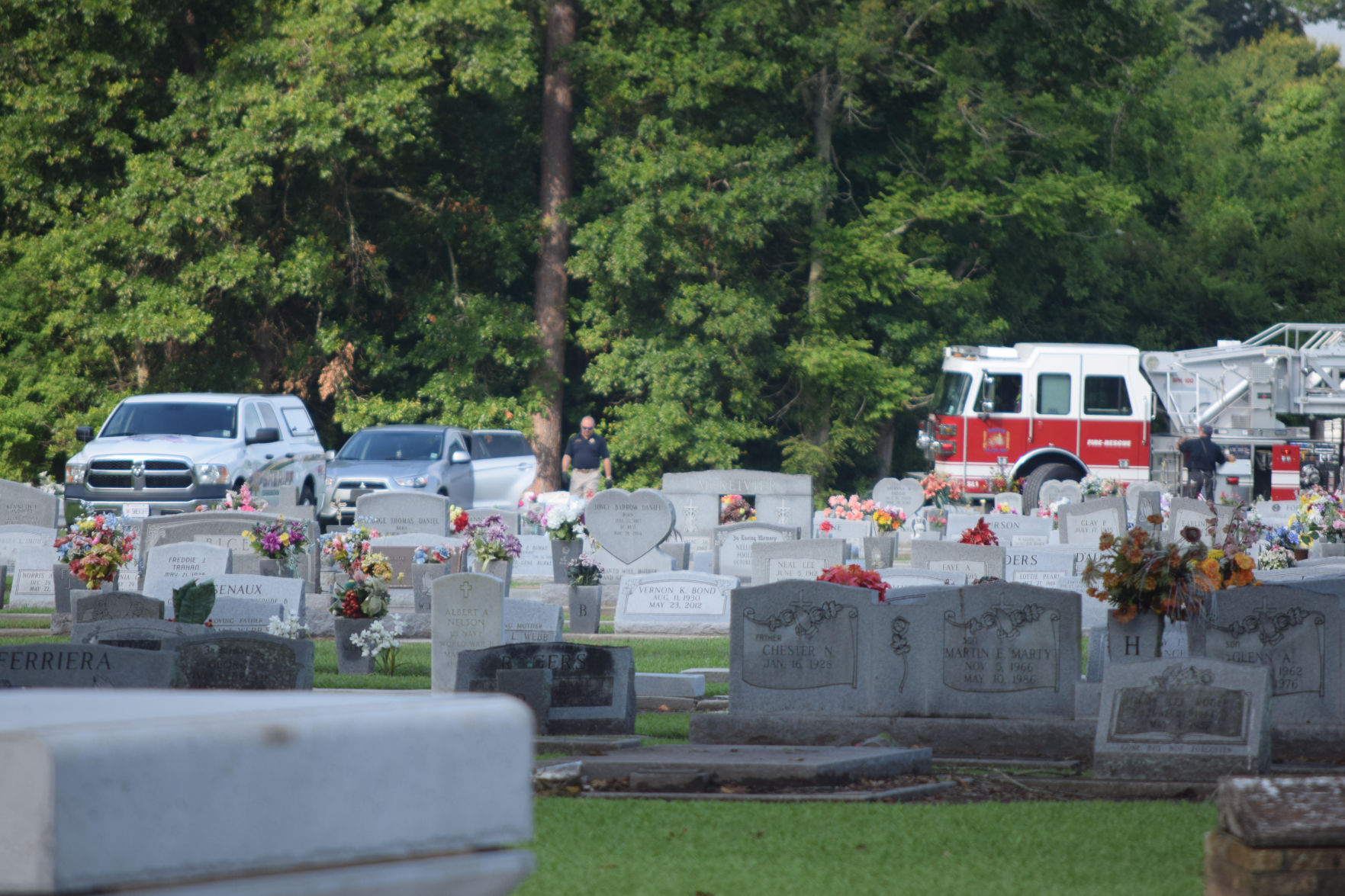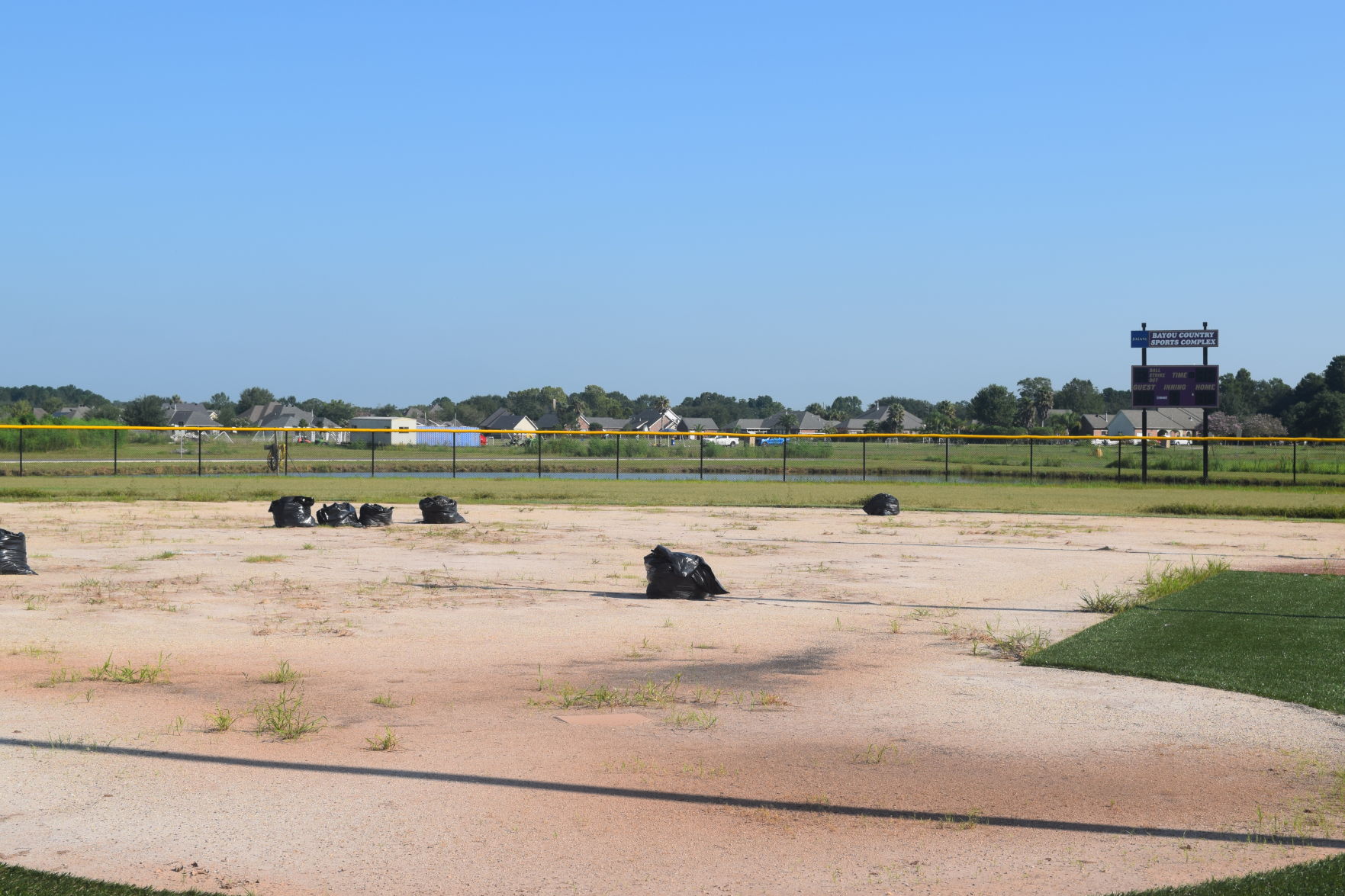
Suicide gets broader local airing
August 9, 2017
Oh Là Là coming to Nicholls
August 9, 2017Tonight the Terrebonne Parish Council will consider an ordinance that would grant it sweeping powers over recreation districts.
The proposed ordinance would amend and add to the parish’s code of ordinances, requiring recreation districts to comply with Louisiana bid and open meeting laws and give the Terrebonne Parish more fiscal oversight of each district. The ordinance would also grant the council the ability to remove any recreation district board member, with or without cause. Any member removed by the council would not be eligible for reappointment until five years after the member’s removal.
Council Member John Navy, who introduced the ordinance, said the parish is asking Louisiana Attorney General Jeff Landry’s office for an opinion on just how much oversight a council or parish government can have over recreation districts.
Recreation district chairs have been cautious in their weighing of the proposed reforms. They said the reforms could have positive effects, but they are waiting to get more information on the matter. As of press time, rec district chairs were scheduled to meet on Monday night at Lisa Park Gym to discuss the ordinance. Rec. 2-3 Chairman Randy Beeson said his district is also seeking a legal opinion on what the parish can do as a governing authority. For now, Beeson is waiting on the parish’s vote, although he expressed some optimism for the changes.
“I feel if you’re doing a good job, they’re not going to remove you. But if you give them the right to do it, if they see something they need to change, or see someone who they think can do a better job at it, I guess they can have the power to remove them,” Beeson said.
Recently-elected Rec. 11 Chairman Randy Galliano said the ordinance would be cause for concern of the job security of board members.
“I don’t see how that would be something that would be a good thing,” Galliano said. “I mean, if somebody’s doing their job, why would they remove them? That, I’m not sure about.”
Navy said the goal of the ordinance is to make the parish more proactive in effecting change on ineffective recreation boards.
“My fiduciary responsibility is to make sure that when you’re a board member on these boards that you feel like you cannot be touched, then you can be touched,” Navy said. “If you’re not representing the people in their best interest, it’s up to us as far as our fiduciary responsibility to remove you.”
It was Galliano’s Rec. 11 that has been the main target of both council members’ ire at recent meetings and Navy’s proposed ordinance. The district, which has been found to mismanage money and give work contracts without full board approval in the past, faces its own specific set of rules in the ordinance. The Rec. 11 budgetary and fiscal controls would require the Rec. 11 board to provide Terrebonne Chief Financial Officer Kandace Mauldin and the council with annual financial statements. The board would also have to provide a proposed budget to Mauldin and the council prior to its fiscal year and could only adopt a budget after council approval, with Terrebonne Parish President Gordon Dove having line item veto or reduction powers.
Rec. 11 would also be required to receive written approval from Mauldin for any contract, employee payment, per diem or other expenditures. Mauldin, or any parish-appointed auditor, would also have the authority to conduct an audit of Rec. 11 at any time.
Navy referenced Rec. 11’s 2016 income of nearly $1.5 million in property taxes and its past mismanagement as reasons necessitating additional oversight. He said while the new regulations would give the parish broad new authority over the districts, particularly Rec. 11, they are necessary to fix a broken system.
“We allowed them to maintain their independence and look where we are now,” Navy said. “So what do we do? Do we keep the same practices with the same old results?”
Aside from past instances of mismanagement, Rec. 11 also has a particular financial burden in terms of maintenance. The district, located primarily in Houma, has control of more than 20 parks and gyms, the most of any district, according to Galliano. The district was given control over many of those facilities by the previous parish administration, and with the control came maintenance responsibilities and costs.
Those financial burdens were mentioned in a report on the parish recreation system by the Houma-Terrebonne Chamber of Commerce Task Force on Recreation. The report looked at the parish’s two large, long-term projects and highlighted inefficiencies in the recreation system. The Bayou Country Sports Park, an almost-$23 million project featuring a collection of baseball, softball and soccer fields as well as a small lake and greenery, has only spent $8.75 million on it so far and has no dedicated funding stream for it, instead relying on state capital outlay dollars, which have been sparse due to the state’s fiscal shortfalls.
It compared the projects to large-scale parks in other parishes designed to attract recreation tourism, such as the facilities in Sulphur and the Chappapeela Sports Park in Hammond. The task force called on both the BCSP and the Houma Airbase Park, also under construction, to be recognized as parish parks and not be the responsibility of a single rec district.
The task force also noted Terrebonne’s large number of individual rec districts in comparison to other parishes similar in population. Terrebonne’s 11 districts for 114,000 total residents far outnumber the one district in East Baton Rouge for 447,000, the six districts in St. Tammany for more than 253,000 or the nine for 200,000 residents in Calcasieu.
The task force compared 2015 figures between Terrebonne Parish and Tangipahoa Parish (population 127,000) recreation systems. According to the report, Terrebonne collected more than $9 million in recreation tax money that year, at the rate of about $79 per person. Tangipahoa collected $4.7 million, at a rate of about $37 per person. Nevertheless, Tangipahoa’s capital assets, meaning the total value of its facilities, were valued at $24.4 million, outpacing Terrebonne’s $17.9 million. Terrebonne’s total cash and investment money on hand among the different districts was $10.4 million, far higher than Tangipahoa’s $2 million.
The task force also pointed to a discrepancy among the different numbers of athletic fields and facilities Terrebonne has compared to the population-based recommendations from the National Recreation and Park Association. Hank Babin, who presented the report to the newly-formed Terrebonne Parish Recreation Steering Committee, said there is not enough communication between the districts on what facilities they build, which can create a redundancy of services within the same area. Babin said these kind of missteps, combined with a lack of consideration for the long-term costs of projects, could prove financially pretentious.
“The problem is we’re already collecting enough tax dollars that we should be able to have a good system throughout Terrebonne Parish for everyone with facilities that aren’t falling apart and have those facilities paid for,” Babin said. “Other parishes are doing that and have done that. They have done a lot more with less. We have to figure out a way within our means.” •










